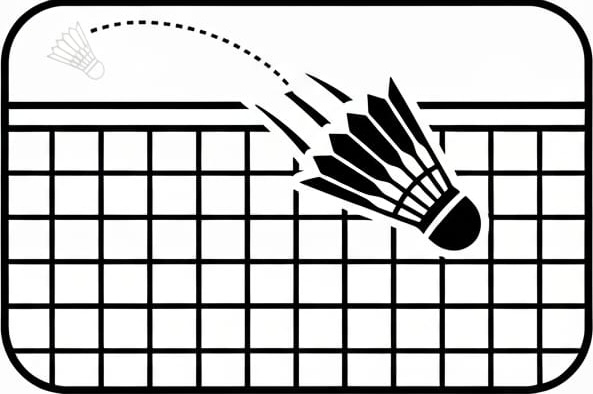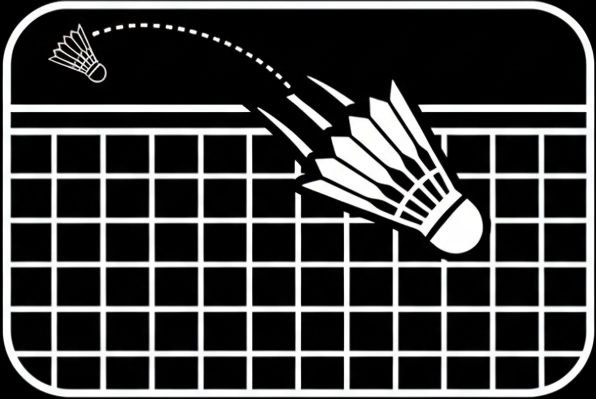Why Are Defensive Shots Important in Singles Badminton?
Defensive shot techniques in singles matches help players stay in rallies and regain control. Good defense pushes opponents to the back, forces errors, and prevents quick points. Products like shuttlecock speed meters and headbands from Yonex, Victor, or Li Ning support focus and consistency throughout tough matches. Mastery of Defensive Shot Techniques in Singles Matches ensures a strategic edge.
What Is the Ready Position for Singles Defense?
Start with knees bent, feet wider than shoulders, and body weight forward. Hold the racket in a neutral grip near waist height, ready for quick changes. Return to the central base position after each shot to cover the whole court effectively. Court lines tape marks precise recovery spots for better positioning in every rally. Adapting Defensive Shot Techniques in Singles Matches begins with solid positioning.
Which Defensive Shots Work Best in Singles Matches?
Use high defensive clears to push opponents back and buy time for recovery. Flat drives keep attacks low and force weak returns. Defensive blocks absorb power from smashes; aim for controlled shots just over the net. Experiment with headbands for sweat absorption and racket grip stability offered by Yonex and Victor products. These defensive shot techniques in singles matches are crucial for maintaining rally control.
How Do Footwork and Anticipation Boost Defense?
Quick split steps prepare the body for sudden changes in direction. Always move purposefully to the shuttle and reset to the base after each hit. Agility improves shot coverage and enables faster responses to unexpected drops or drives. Pair footwork training with shuttlecock speed meters to track movement and refine timing. Consistent practice of defensive shot techniques in singles matches hones anticipation skills.
How Do You Defend Against Smashes and Drop Shots?
Keep your stance low and weight forward to react quickly. Block smashes with a straight racket face, sending the shuttle high or cross-court. Counter drop shots by stepping forward and lifting gently over the net. Li Ning’s headbands and Yonex grips provide the comfort needed for intense sequences. Avoid leaning back during defense—it weakens both control and recovery. Mastering these defensive shot techniques in singles matches improves your overall gameplay.
Which Drills Build Reliable Defensive Technique?
Practice clear and drive drills with multi-shuttle routines. React to random feeds, alternating between blocks and lifts. Use court lines tape to outline recovery areas after each exchange. Try solo wall drills for improving backhand defensive clears. Products from Victor, Li Ning, and Yonex support drill consistency and safe practice.
How Does Defensive Strategy Vary by Opponent?
Adjust defensive tactics by studying opponent habits and strengths. Target their weaker side with clears or drives. Reposition toward their preferred attacking corner for better reach. Court lines tape and shuttlecock speed meters can help analyze patterns and make adjustments for every match. Tailoring defensive shot techniques in singles matches to individual opponents optimizes your strategy.
What Gear Boosts Defensive Play?
- Shuttlecock speed meters: Measure and refine reaction speeds.
- Court lines tape: Improve footwork and recovery placements.
- Headbands: Maintain sweat control and comfort.
- High-grip rackets from Yonex, Victor, or Li Ning for stability and precision.
Link these products naturally throughout your content for easy access and recommendations.
Final Thoughts: Strengthen Your Singles Defense
Master defensive shot techniques with smart positioning, agile footwork, and strategic shot choices. Gear up with shuttlecock speed meters, headbands, and high-performance rackets from Yonex, Victor, or Li Ning. Consistent practice and attention to positioning boost reliability and confidence in singles matches.





